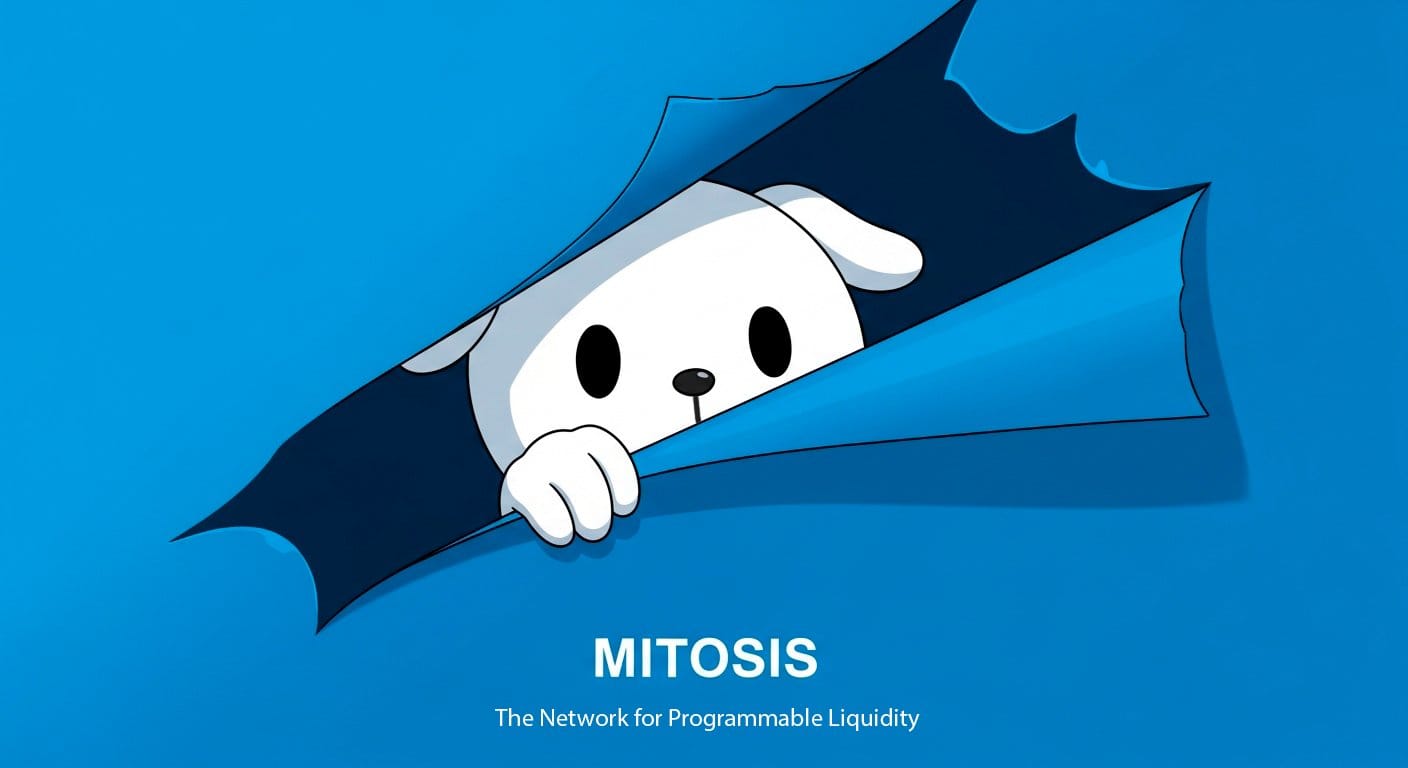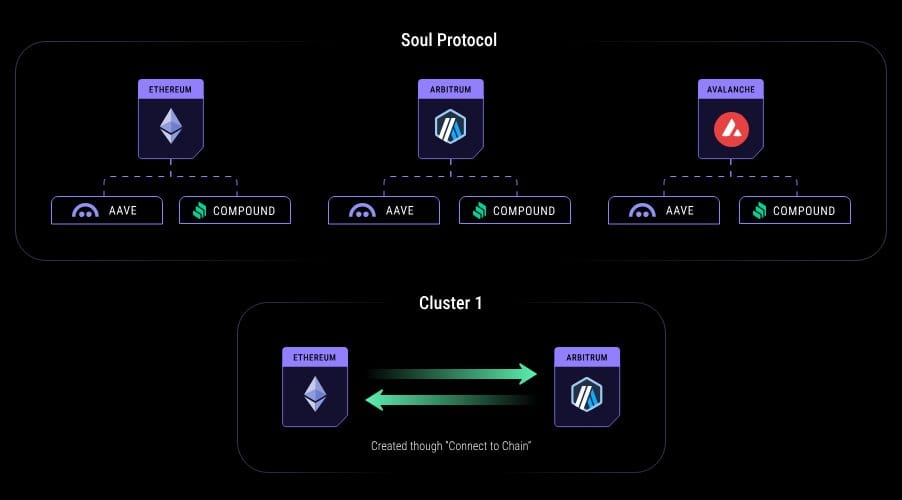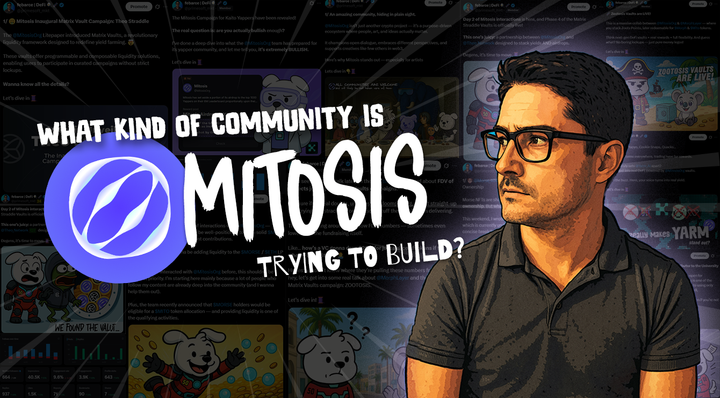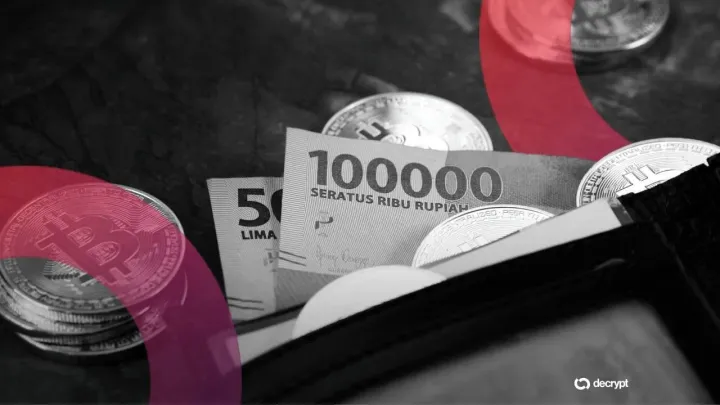Two Liquidity Protocols You Should Be Bullish On: Mitosis & Soul Protocol
Two Liquidity Projects You Should Have on your watchlist: Mitosis & Soul Protocol
TL,DR
— Mitosis is solving static LPs with EOL and Matrix Vaults (cross-chain LPing).
— Soul Protocol is fixing fragmented lending with a cross-chain credit layer.
— Both are building core infrastructure that makes DeFi more efficient, flexible, and composable.
— Both are pre-TGE, early, and ambitious, with strong narratives and use cases.
Let’s dive in

The DeFi space is evolving fast. But one major problem continues to hold it down - liquidity fragmentation.
As users, we suffer this limitation; where you have funds on chain A, but wants to chase yield opportunity on chain B, your only option is bridging, which creates friction, risk, and inefficiency.
Two upcoming projects - both on Kaito pre-TGE list - are building real solutions to fix this liquidity issue.
— Mitosis (@MitosisOrg)
— Soul Protocol (@0xSoulProtocol)
While they both tackle the same core issue, they do it from very different, yet complementary angles.
In this article, we would explore what they are, what they’re building, and why they matter.
🧬 Mitosis: Programmable, Cross-Chain Liquidity
Mitosis is a next-gen EVM Layer 1 blockchain designed from the ground up to solve DeFi’s liquidity fragmentation and static capital problems.
The solution is simple but powerful - Make liquidity programmable and interoperable across chains.

🚫 The Problem
Till this day, Liquidity in DeFi is scattered and locked across chains. You can have a position on Ethereum, but the capital is locked there and can’t be used anywhere else.
Chasing other yield opportunities requires more deposit, relying on slow and risky bridges, hopping on different dapps, and manually managing multiple positions.
This has led to:
• Poor capital efficiency
• Fragmented user experience
• Missed yield opportunities
Liquidity that should flow is now stuck on different chains, and your capital that should work for you is locked in the wrong place at the right time.
🔧 Mitosis’ Solution
Mitosis introduces a new primitive to secure, cross-chain liquidity provisioning (LPing) by tokenized liquidity positions into composable tokens.
When you provide liquidity once on Mitosis, you get an LP token called Hub Assets, burnable 1:1 for underlying deposit, and work for you across multiple chains.
These hub assets can be deposited into a vaults of your choice.
- Ecosystem Own-Liquidity
- Matrix Vault
No wrapping. No bridging. No juggling five different LP positions.
Mitosis network operates across Ethereum and other major L2s like Linea, and accepts multi-asset deposits.
It can also connects to different protocols like Morpho and Theo Network via Hyperlane.
The mitosis flywheel is unique, it dynamically allocate LPs funds into the mitosis ecosystem, while democratizing access to premium cross-chain yield opportunities.
In a multichain defi world, Mitosis redefines cross-chain liquidity provisioning while solving defi liquidity fragmentation, by turn static capital into programmable and composable asset.
🥚 Soul Protocol: Unified Liquidity Layer for Cross Chain Lending
Mitosis is tackling liquidity fragmentation by fixing cross-chain yield inefficiency, Soul Protocol is solving it by building a unified liquidity layer that connects isolated lending markets, like AAVE, Compound, Venus and more. Allowing you lend and borrow seamlessly across chains.

❌ The Problem
Most lending markets (Aave, Compound, Morpho, etc.) are confined to their native chains, which fragments liquidity on the chain and protocol.
Assets on Chain A can’t be used to access liquidity on chain B, even though they’re both lending markets, they don’t connect to each other.
You have ETH on Ethereum, but need USDC on Arbitrum, you can’t use your ETH as collateral to borrow USDC on Arbitrum. This kind of efficiency is missing
Your options are:
— Sell ETH, bridge funds, and buy USDC, but you sacrifice your long-term exposure.
— Bridge ETH directly, then borrow, which adds risk, time, and friction.
— Or worse, miss the opportunity altogether.
Either of this process is inefficient, risky, and makes capital less productive in defi.
🔧 Soul’s Solution Cross-Chain Credit Layer
Soul introduces a Cross-Chain Credit Layer, a smart liquidity routing engine that allows users to supply collateral on one chain and borrow on another, without moving assets.
Key Features:
— Cross-chain lending/borrowing logic powered by interoperability protocols like, LayerZero, with support from Axelar, Chainlink CCIP, and Wormhole)
— Native risk engine to manage multi-chain positions
— Integration with major lending protocols like, Aave, Compound, Venus, Kamino etc Both EVM and non-EVM chains
— Intent-based borrowing define what you want to borrow and where, and Soul handles seamlessly execution.
🌐 Example:
Let’s say you have 10 ETH on Ethereum, and want to borrow USDC on Solana for a stablecoin LP strategy.
With Soul:
— You lock your ETH as collateral on AAVE on Ethereum.
— Soul verifies collateral and routes borrowing intent to Solana
— You receive USDC on Solana directly - no bridging or losing your underlying asset.
This unlocks True capital efficiency where assets stay productive while unlocking liquidity elsewhere.
Retain exposure to your long-term assets while having access to liquidity.
Faster access to opportunity, where you can borrow anywhere, with capital from anywhere you already hold it.
Frictionless Multichain UX, where user don’t need to think in chains and protocols anymore, but in network.
Soul is effectively building the liquidity layer between existing lending protocols for a unified borrowing experience. It acts as a universal adapter that connects the fragmented pieces of DeFi’s credit market.
Why You Should be Bullish on Both
Because liquidity is the bloodline of decentralized finance and both are solving critical issues relating to defi liquidity.
Every major function in DeFi depends on it, Swapping, Lending, Borrowing, Yield farming, Derivatives, Perpetuals, Options, etc.
And yet, DeFi’s current structure fragments liquidity, creating inefficiencies that limit both users and protocols.
Without fluid, unified liquidity:
— Trades suffer from spread and slippage
— Protocols can’t fulfill demand
— Yields become unsustainable
— Defi composability breaks down
That’s why what Mitosis and Soul are building is so important.
Complementary Solutions to a Shared Problem
— Mitosis is tackling fragmented LP capital by making liquidity programmable and cross-chain by design.
— Soul is targeting fragmented lending markets by enabling users to borrow across chains with no bridges or asset sales.
They aren’t building better UI wrappers, they’re rebuilding core infrastructure, the rails that will support the next era of multichain DeFi.
🔮 The Future is Multichain, not Single Chain.
As the DeFi ecosystem expands, the chains we build on should fade into the background. Users shouldn’t care if their ETH is on Base or Optimism, or if the best yields are on Solana or Arbitrum.
They should just deploy, borrow, earn, and build without frictionlessly. And that requires infrastructure that can:
— Abstract away chains
— Unify capital flows
— Automate strategy execution
— Enable composability across ecosystems
Mitosis and Soul Protocol are building that future.
They’re not just improving DeFi’s UX. They’re rebuilding its liquidity foundation, and setting the stage for the next era of composable, multichain-native finance.



Comments ()